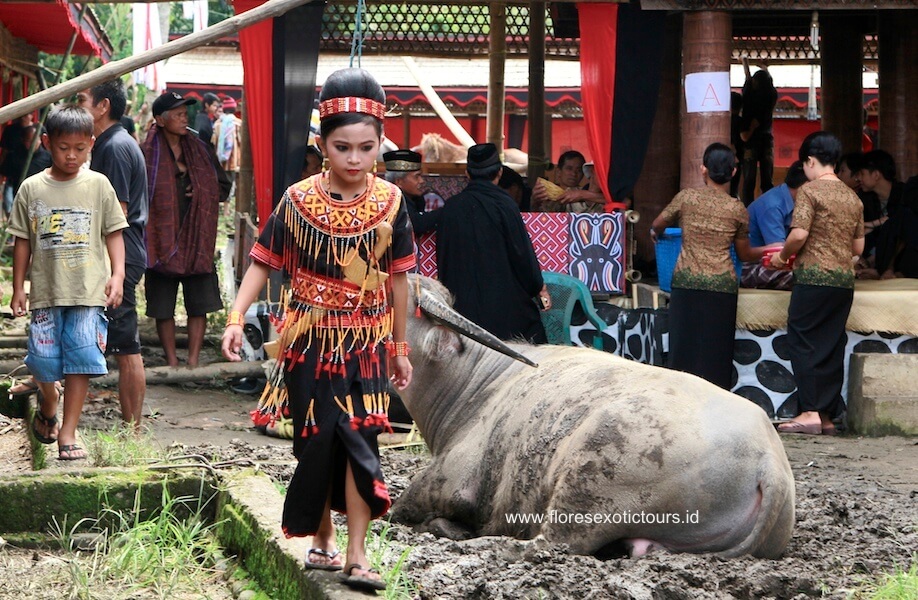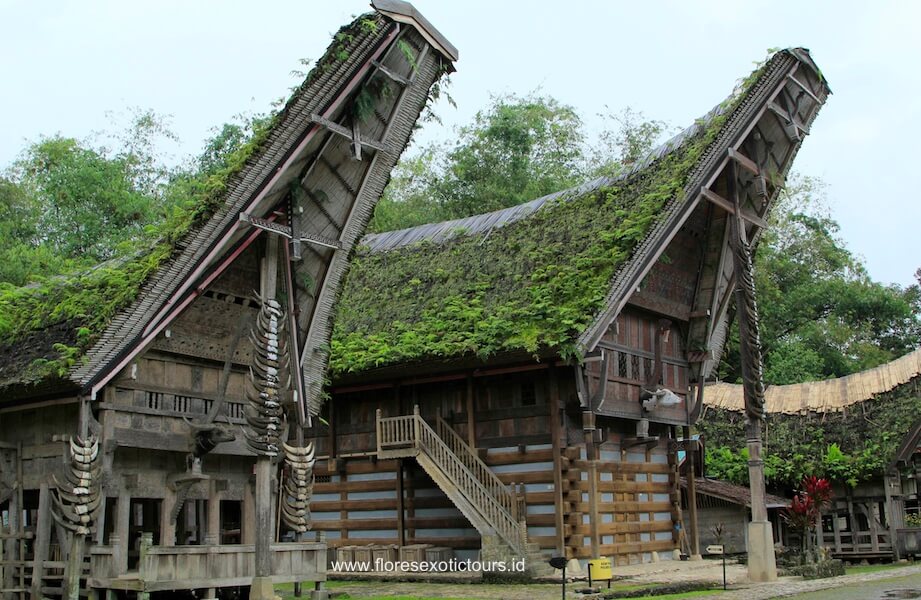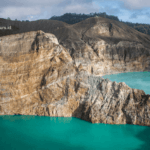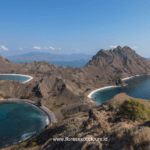Toraja land, Nature, Culture, and Tribe, South Sulawesi Indonesia
“Discovered” and opened to the world from their long isolation only since the beginning of the last century, the Toraja today still adhere to their age-old beliefs, rituals, and traditions, although many of her people are modernized or have embraced Christianity.
When one travels to the Tana Toraja highlands, therefore, expect to be awed by the spectacular beauty of nature, at the same time experience how communities have through the ages sustained their beliefs and traditions in splendid isolation in order to survive this eternal cycle of life and death on earth.
The road from Makassar to Toraja runs along the coast for about 130 km’s and then hits the mountains. After the entrance to Tana Toraja at the market village of Mebali one enters a majestic landscape of giant, gray granites and stones and blue mountains afar that form a sharp contrast with the lively green of the fertile, rain-fed terraces and the rusty red of the tropical soil. This is Tana Toraja, one of the most splendid areas in Indonesia.
Here, the nobility of Toraja is believed to be descendants of heavenly beings who came down by a heavenly stairway to live here on earth in this beautiful landscape.
And to keep up the energy of the land and its people, the Toraja people believe that there must be sustained through rituals that celebrate both life and death, which are attached to the agricultural seasons. Here rituals in connection with life are strictly separated from death rites.
Toraja is most well known for its elaborate funeral ceremonies that can take days and involve entire villages. These are not only moments for mourning but are moreover events to renew family ties and to ensure continued unity among villages and communities.
Death ceremonies, however, are held only after the last rice harvest is in and cleared, which is normally between July to September, while ceremonies celebrating life are held in conjunction with the planting season which starts in October. These timings are possible since the dead are not buried immediately but are kept for months, sometimes for years, in the ancestral house until time and funds allow for a proper funeral.
Tourists to Toraja, therefore, are either attracted by its unique culture and rituals, most of which are mostly centered around graves and death ceremonies. While others prefer to avoid the morbid images and go trekking through the spectacular, almost untouched Toraja countryside visiting remote villages, or exhilarate in rafting the Sa’dan river rapids.
Capital of Toraja is Makale but visitors usually head to the town of Rantepao, the heart of Tana Toraja – the Land of the Toraja people.
Sources: http://www.indonesia.travel/sites/site/477/tana-toraja















